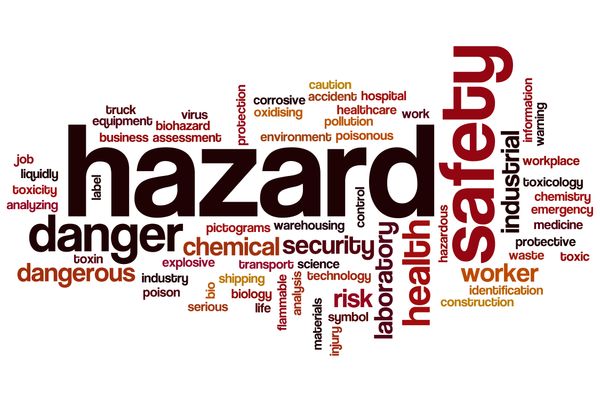The Process Hazard Analysis (PHA) is what most believe is the most important element of PSM. If true, then the analysis should reflect that level of emphasis. In order for the PHA to deliver the results desired, there needs to be a good understanding of the hazards that may exist and what risks they pose to employee safety and health. Often, PHA teams do not have the hazard and severity knowledge they need to conduct the proper hazard analysis. For example, is there a difference between the hazard and severity associated with a vessel liquid full at 500 PSIG, and one that is filled with a vapor or a gas at the same pressure. Yes, the “knock-on” hazard might be different when the chemical or material in the vessel is released (fire explosion, toxic exposure), but the hazards associated with a catastrophic vessel failure are much different. Once the severity of the hazard is different, based if the difference in energy between an essentially incompressible liquid and the compress gas/vapor, then it is possible to address hazards and the subsequent severity more succinctly.
The next important item that the PHA team needs to understand fully, is the company or facility’s risk exposure and tolerance to that risk. Many facilities use a generic risk matrix for conducting qualitative risk assessments in PHAs (popular in the Ammonia Refrigeration Industry). A generic risk matrix might say that the company or facility has not really considered risk, or that they are not sure what risk is. If the facility is out in the middle of nowhere, and only has a few employees who work in the facility, overall risk may be lower. On the other hand, if the facility is next to a large populated area or a school, and/or has a larger number of employees, then potential risk exposure is much greater. However, not all companies have the same tolerance to risk as others. What is risk tolerance? In simple terms, how much can you afford to lose? It goes beyond a dollar amount and extends into business reputation, community trust, and so much more. Therefore, is it essential to spend the time in developing a risk strategy.
Ensuring the proper hazard analysis is making sure that the process Safety Information (PSI) and all mechanical integrity inspections are current, accurate, and readily available to the PHA team. It cannot be over emphasized the importance of accurate and current process safety information and Mechanical Integrity, and its effect on risk. Determining the “risk” of a hazard, a function of both severity and likelihood, depends on it. Going back to the earlier example of a vessel containing liquids versus gas from a risk standpoint, the risk tolerance will be reflected by combination of severity, and likelihood. Severity will depend on several factors including the expected mode of failure (gas/vapor rupture or liquid rupture) and of course any knock-on effects resulting from the loss of containment. The likelihood of failure of the vessel catastrophically increases as the pressure increases or as the temperature increases. Typically, a vessel is not likely to fail catastrophically at its MAWP and MAWT, however, the likelihood increases at MAWP if the temperature increased beyond the MAWT. Also, the likelihood increases as well for MAWP if the vessel has metal loss, pitting, and other mechanical integrity issues.
Only when you fully understand what hazards potentially exist in the process, how severe the consequences can be, and the likelihood of the initiating event, can you fully understand risk exposure. Not all facilities or companies will treat exposure to risk the same nor should they.

